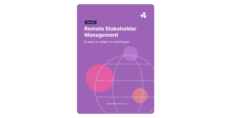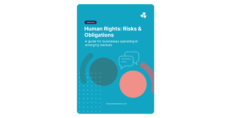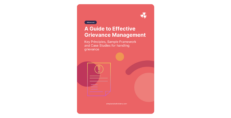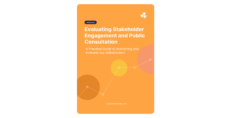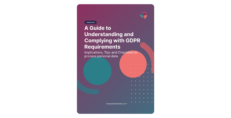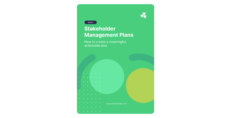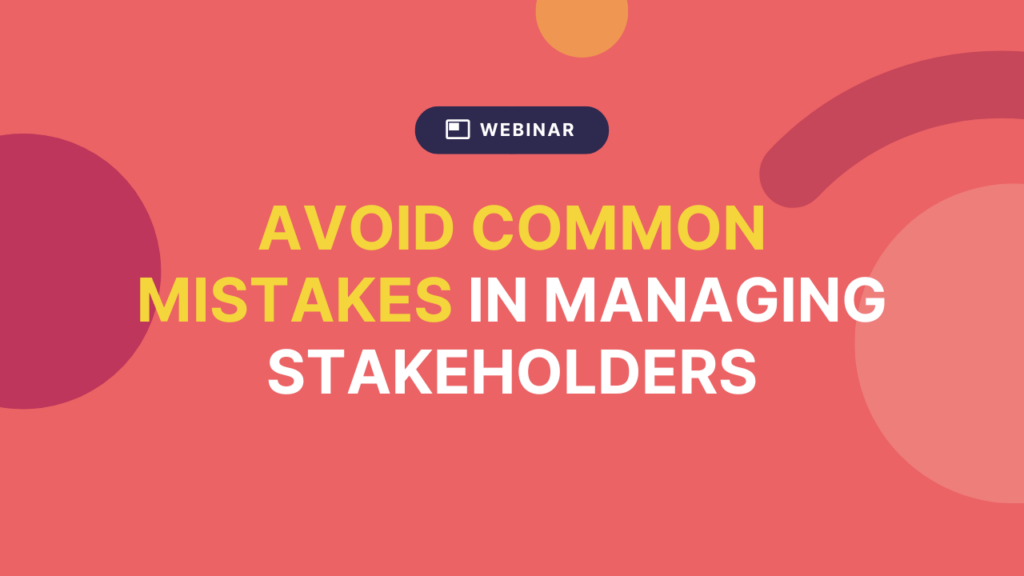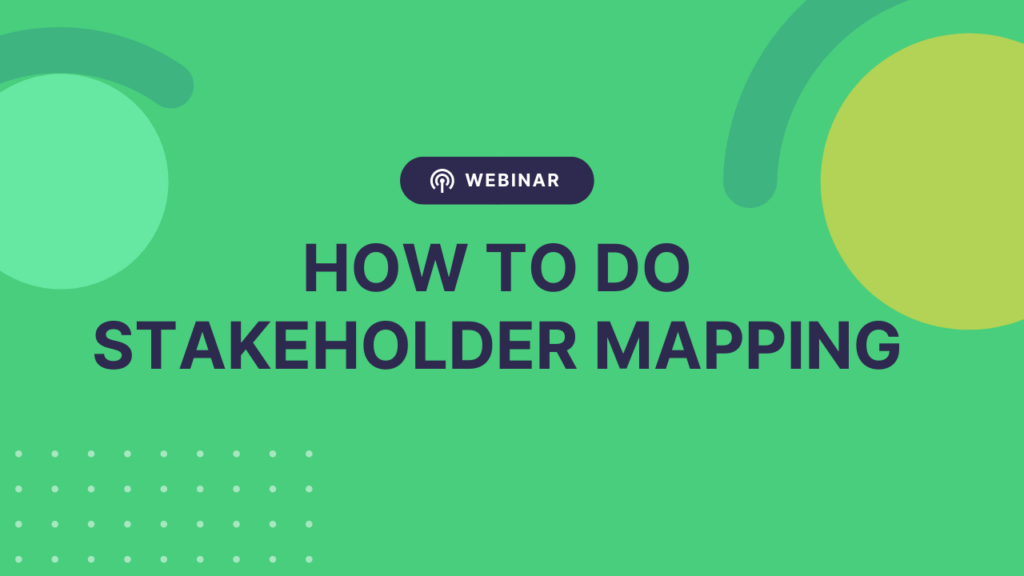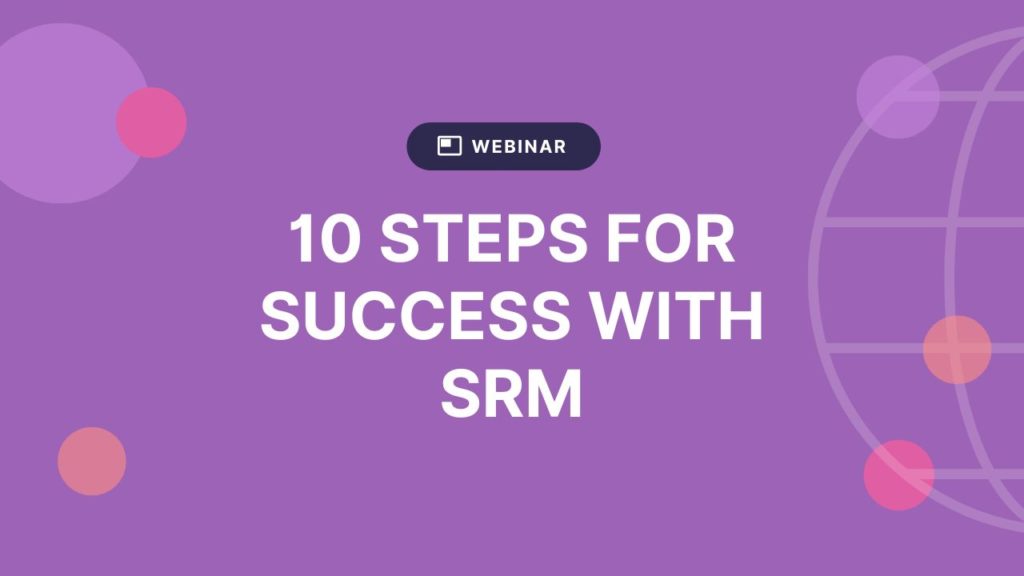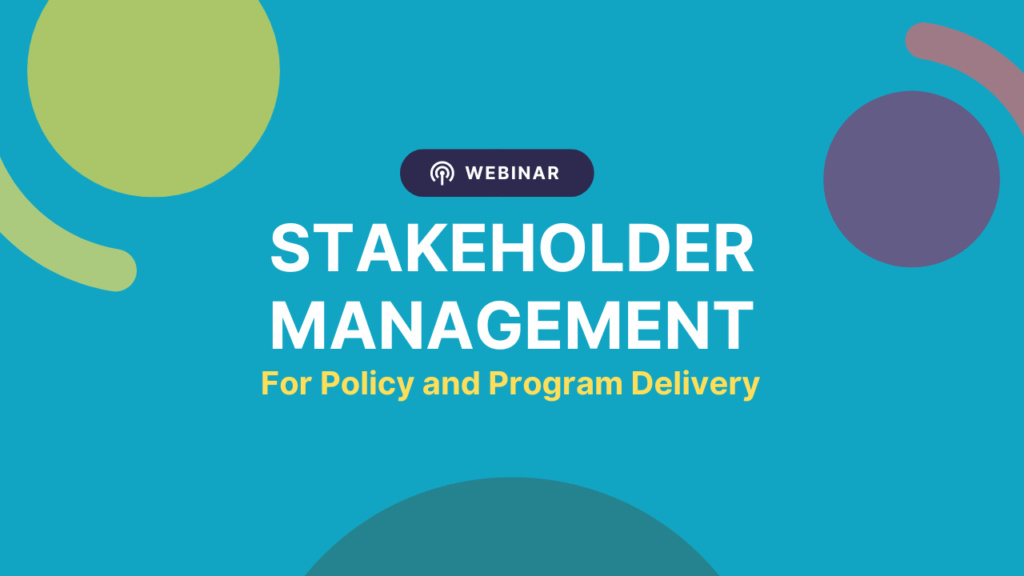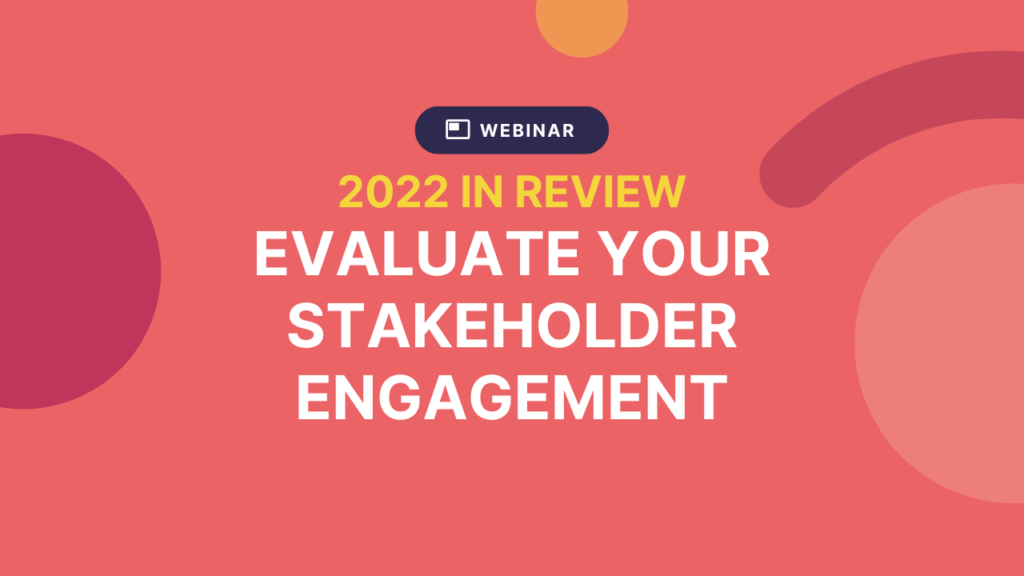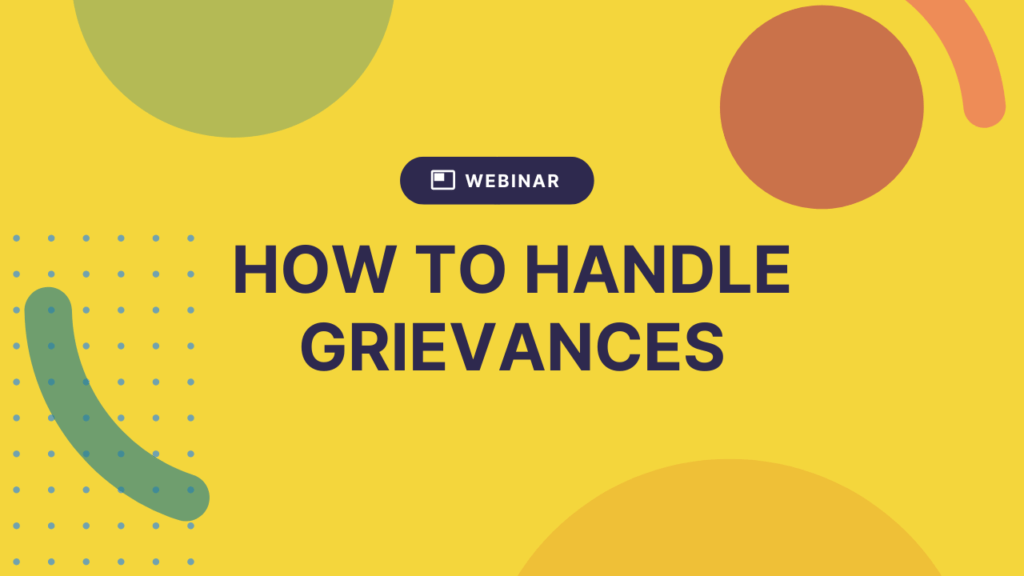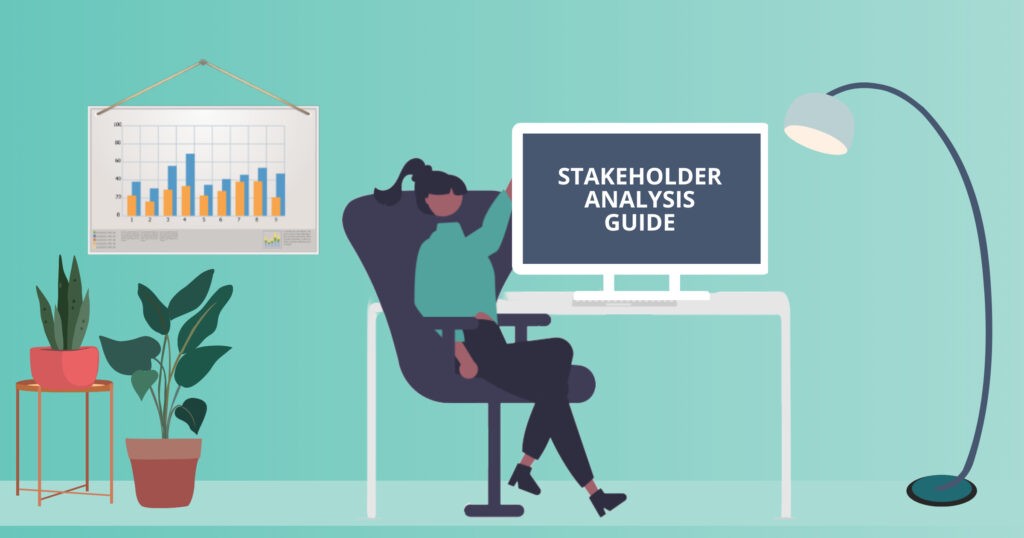How To Use Social Media To Engage Stakeholders

Curious about how you can use social media to communicate with stakeholders?
Social media usage continues to rise, with over 4.74 billion people now using social media — an increase of 4.2% in 2022. There’s also a growing number of platforms, with the average user visiting 7.2 social media platforms every month.
It’s safe to say that social media has become almost an essential tool for stakeholder engagement. On social media, your organization can broaden your reach, engage in two-way conversation with stakeholders, and increase accountability. And unlike most other platforms, it’s relatively simple and low cost to get started.
However, the low barriers to entry don’t mean that it’s going to be easy. You have to know what you’re doing so that you can maximize the benefits, manage the risks, and ensure that it’s worth the time and effort you put in.
We’ve identified 6 strategies to help organizations better engage stakeholders on social media — and integrate these platforms into their approach.
Consider Social Media In Stakeholder Analysis
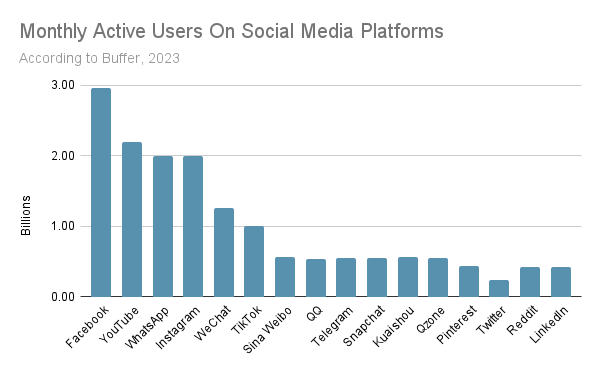
It’s always a good idea to tailor your stakeholder communication to their preferences. So, as part of your stakeholder analysis, make note of your stakeholders’ social media preferences and habits. Ask your stakeholders:
- Which platforms they use
- What they use them for
- When and how often they use them
- How often they expect to hear from brands like yours on social media
- What kind of content they prefer
- How they typically interact with brands
And of course, if you already have a social media presence, check your analytics to see who your current audience is and what their preferences are.
According to Buffer, the top social media platforms (based on active users) in 2023 include Facebook (3 billion), YouTube, (2.2 billion), WhatsApp (2 billion), Instagram (2 billion), WeChat (1.26 billion), and Tiktok (1 billion).
But of course, large numbers of users don’t necessarily mean a platform is right for your brand. In fact, many of the top platforms are country/region specific or only used for certain types of content and interactions. What matters is whether it’s a fit for your organization and your stakeholder audience.
So, use your findings from stakeholder analysis to guide your social media strategy and platform selection.
Get Strategic
Before you launch your social media campaign, it’s a good idea to think strategically and plan ahead. Consider your objectives:
- What stakeholders do you want to reach?
- How many stakeholders?
- What kind of interactions do you want to see?
- What actions do you want your audience to take?
As part of this process, look at your competitors (or similar brands to yours) to see what they’re doing well. And look into best practices for your chosen social media platforms. For instance:
- Are hashtags relevant? If so, which ones are relevant for your brand?
- How do you get stakeholders to engage with your page and content?
- What level of engagement is normal for the platform?
- Do you need to interact with other brands and pages?
- Will you need to pay for some advertising or only post organic content?
Share Organic Content
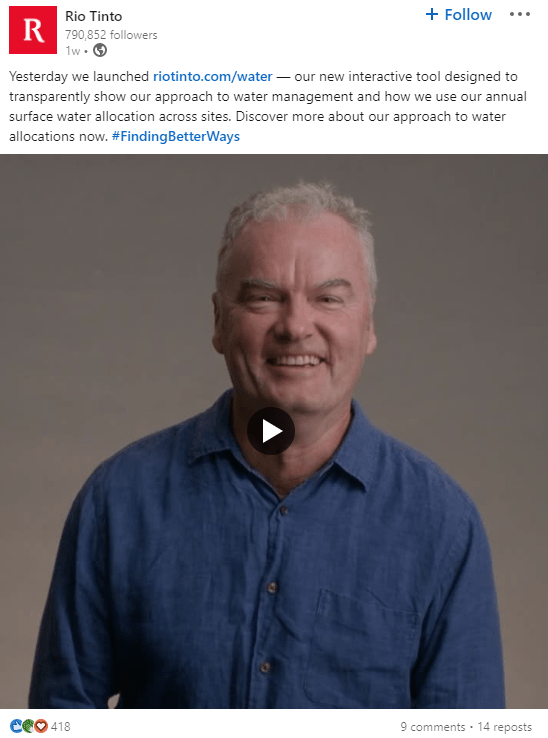
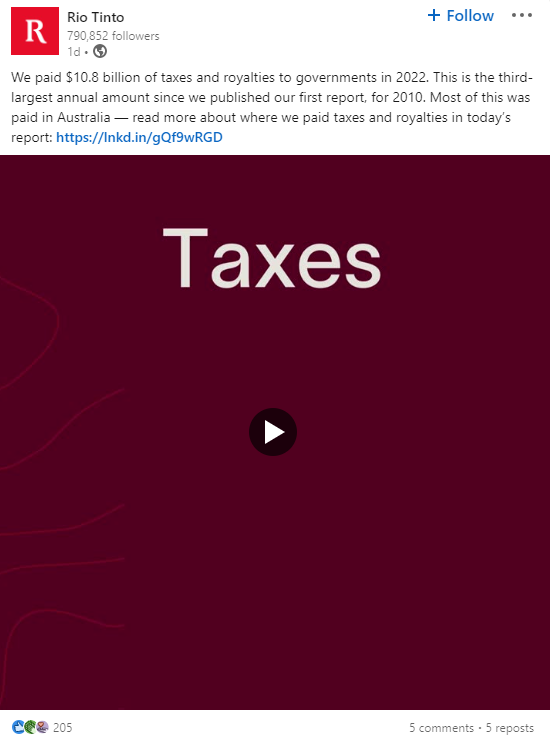
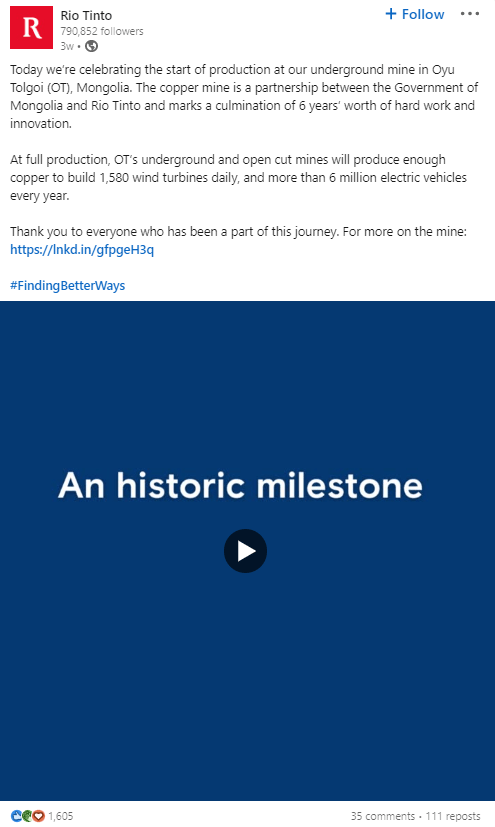
Organic content is important for you to build your audience, build your brand, and increase your visibility. And nearly every social media platform requires some form of organic content for your brand to successfully engage with an audience.
This means you’ll need to create a content strategy that will support your objectives and help you reach your stakeholders. In your strategy, set out:
- Who you’re targeting – Which stakeholders you plan to reach on which platforms.
- What to post – Determine key messages and themes for your organic content in line with your goals.
- What formats to use – The best content format will depend on the platform and audience, but as a general rule, try to vary your content types (including text, video, images, infographics, articles, stories, and more) to keep it engaging for your audience.
- How often to post – Determine an appropriate posting schedule that may include regular content (several times per week) or more frequently based on relevant events as part of your stakeholder engagement — whatever is appropriate based on the platform and your stakeholder’s expectations.
- How to post – Consider what tools you’ll need to create your content and schedule it.
For example, Rio Tinto has an active presence on LinkedIn with close to 800K followers. As shown in the images above, they post a variety of organic content on LinkedIn which serves to inform and engage stakeholders. Themes include transparency, sustainability, financial performance, economic contribution, partnerships, major milestones, and more.
We also have some other examples of stakeholder engagement via social media in our blog on Stakeholder Engagement Examples and Successful Campaigns.
Consider Social Media Ads
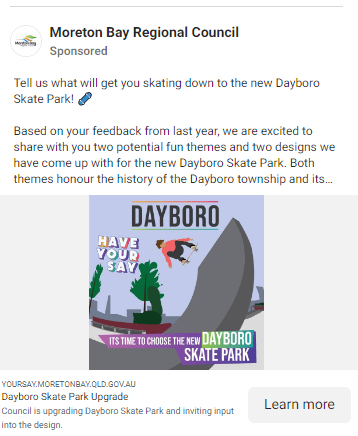
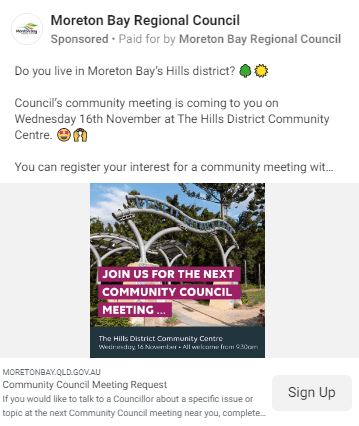
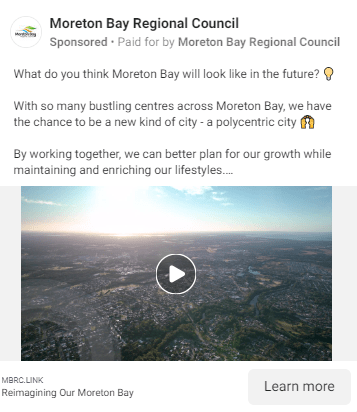
On most social media platforms, it can be tricky to reach your whole audience through organic content alone, depending on how engaging your content is and the number of followers you have.
In order to reach your full audience (and expand to new audiences), it may be worth implementing some paid ads — if the investment makes sense to help you reach your goals. Plus, it’s the only way to guarantee reach on social media.
Paid ads will increase the visibility of your content and brand, and help you target a specific stakeholder audience. Advertising options may include retargeting (to your email list or website visitors on social media), reaching audiences that are similar to your existing audience, or simply targeting social media users whose interests and demographics indicate they’re likely to be your stakeholders.
For example, Moreton Bay Regional Council has over 72K followers on Facebook and their page posts a variety of organic content multiple times per day. But (as shown in the examples above), they also use Facebook ads to promote opportunities for stakeholders to share their views, contribute to planning, and attend community council meetings.
Tip: If you’re looking for ad inspo, try searching in Facebook’s Ad Library for pages similar to yours — you may just see some of the stakeholder engagement campaigns they’ve got running in the background!
Manage Interactions

You should expect to receive some interactions and feedback on your content. This may include public comments, likes, shares, and tags — or private messages. Organizations must be ready to manage these interactions as part of their social media presence. This process may include:
- Responding to comments and answering questions in a timely manner
- Removing inappropriate content and blocking spam/troll accounts
- Enforcing community guidelines where needed
- Taking public conversations off the platform where needed to ensure privacy or manage complex issues
- Remaining on-brand with every reply (even if different staff manage the community)
If you can, integrate your social media platforms with your stakeholder engagement tool so that all your stakeholder interactions and records stay in one place!
Monitor, Evaluate, and Adjust
Just like your stakeholder engagement process, social media engagement requires ongoing monitoring and evaluation. Each platform has its own built-in insights, or you can use external tools designed specifically for monitoring and and reporting.
As part of your evaluation process, consider whether your social media platforms have evolved since you started using them. Are there new features you should experiment with? Is your reach getting better or worse over time? Is your audience shifting to another platform?
Use these insights to determine whether you’re getting the engagement you need and adjust your strategy, if needed. Incorporate your findings into your stakeholder engagement evaluation and reporting, too.
By the way, if you don’t already… why not follow Simply Stakeholders on all the social platforms? You can find us on LinkedIn, Facebook, or Twitter!








